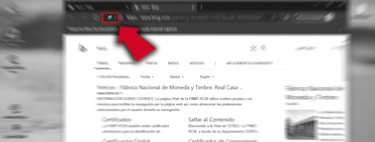
(More from on: Mixed Content Handling) Security Warning in Internet Explorer #īecause NTNU‛s intranet combines content from many sources in one page, Internet Explorer informs you of a potential risk every time you load a page. Internet Explorer is the only browser with this warning and most users are either uncertain what it means or click through the warning without thinking.

We consider the risk of this change relatively low. Hit OK to close the Internet Options window.The changes suggested below will allow you to see content from both secure pages (https) and insecure pages (http) without a pop-up warning each time you load a page.Answer yes to the following conformation box.Under Active Scripting, select Enable, then hit OK.Locate the Scripting section within the list.Then select the Custom Level button under the Security level for this zone section.Then, select the earth (Internet) icon.Next, select the Security tab at the top of the dialog box.Select Internet Options from the drop-down menu.Click the gear icon/Tools menu to the right of the Internet Explorer address bar.Close the settings window and refresh your browser.Toggle the Allowed setting to the right so that the toggle turns blue.Underneath the All Permissions heading, select the JavaScript menu item.(Click the three stacked lines in the upper left hand corner to open the left-hand navigation, if it's closed) Select Cookies and site permissions from the left-hand menu.Select Settings from the drop-down menu.Click the three dots in the uppoer right-hand corner of the browser window.

Microsoft Edge and Internet Explorer (IE)įollow these instructions to activate and enable JavaScript in Microsoft Edge and Internet Explorer (IE) web browsers.


 0 kommentar(er)
0 kommentar(er)
